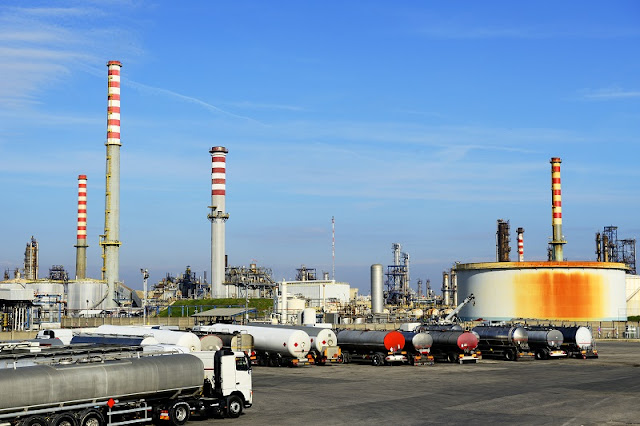Ensure Safe and Secure Dangerous Goods Transportation by Regulatory Compliance
Dangerous Goods Transportation needs a team of highly trained professionals, as well as specialized and state of the art safety equipment to ensure that the process is executed in an efficient and hazard-free manner. Dangerous goods can include inflammable and combustible liquids and chemicals, as well as environmentally hazardous materials which can be potential dangers to people and the environment and hence, must be packed and loaded with extra precaution and care to ensure safe transit.
 |
| Chemical transport companies |
Proper packing, labeling, and loading
The National Transport authorities of various countries have formed certain legislations for the safe and secure Dangerous Goods Transportation.
- If you are a consignor of hazardous goods, you must appoint an authorized and licensed contractor for the transportation of the consignment.
- The products must be properly packaged and labeled as dangerous and the contractor should not load unsuitable, damaged or defective into his truck as this can lead to accidents or fatalities.
- Along with a good driver who must know all about carrying and transporting the goods to the desired destination, there must also be provisions for containers which are the most suitable to carry dangerous goods.
Legal responsibilities of contractors
The consigners, contractors, packers and drivers of Dangerous Goods Transportation must have legal responsibilities, and it is imperative for them to adhere strictly to the guidelines failing which they may be penalized.
- If you are a contractor of hazardous goods, you must carry appropriate dangerous goods placard at all times during the transportation.
- You must make use of high-quality protective equipment manufactured with cutting edge technology to ensure the most stringent safety measures.
- You vehicle should have valid dangerous goods license, and it must be registered and insured.
 |
| Dangerous goods transport |
Immediate reporting of accidents during transit
In the case of any accident during the packaging and Dangerous Goods Transportation, you must immediately report it to the police.
- Also, you must immediately inform and warn other people to move away.
- You must be well equipped with fire extinguishers and other protective equipment so that you can take al the necessary measures to bring the situation under control.
- Before any help arrives, you can use your training and expertise to control any fire, spilling of dangerous goods, etc. to minimize danger to people as well as damage to the environment.
Drivers must carry training certificates
If you are the contractor or the driver of a dangerous goods vehicle which has met with an accident, make sure that you report the incident within twenty-four hours to the concerned authorities with details of the place of the accident and description of the goods being transported.
- The drivers of dangerous goods vehicles must always carry their training certificates during the journey, and it can be checked anytime by inspectors.
- The inspectors verify that the license and the certificate have the same name and must be valid for the specific dangerous goods being transported.
- The safety equipment to be carried in the vehicle should be in compliance with the dangerous goods being carried so that in the case of any accident they can be used effectively.
 |
| Transport of dangerous goods |
Therefore, Dangerous Goods Transportation must be executed with utmost care and precaution to minimize the chances of any untoward incident. It is mandatory to follow the stipulated guidelines, legislations and regulations regarding packaging, loading, classification, labeling and protective measures to ensure safe transportation of these goods. This is essential to prevent accidents as well as any potential harm to the environment. There are containers that are especially sanctioned for carrying, loading and transporting dangerous goods, and they are also immune to any chemical contamination and spillage that can happen in case the goods are transported in ordinary containers. This is also guided by the regulating authorities of a country.



